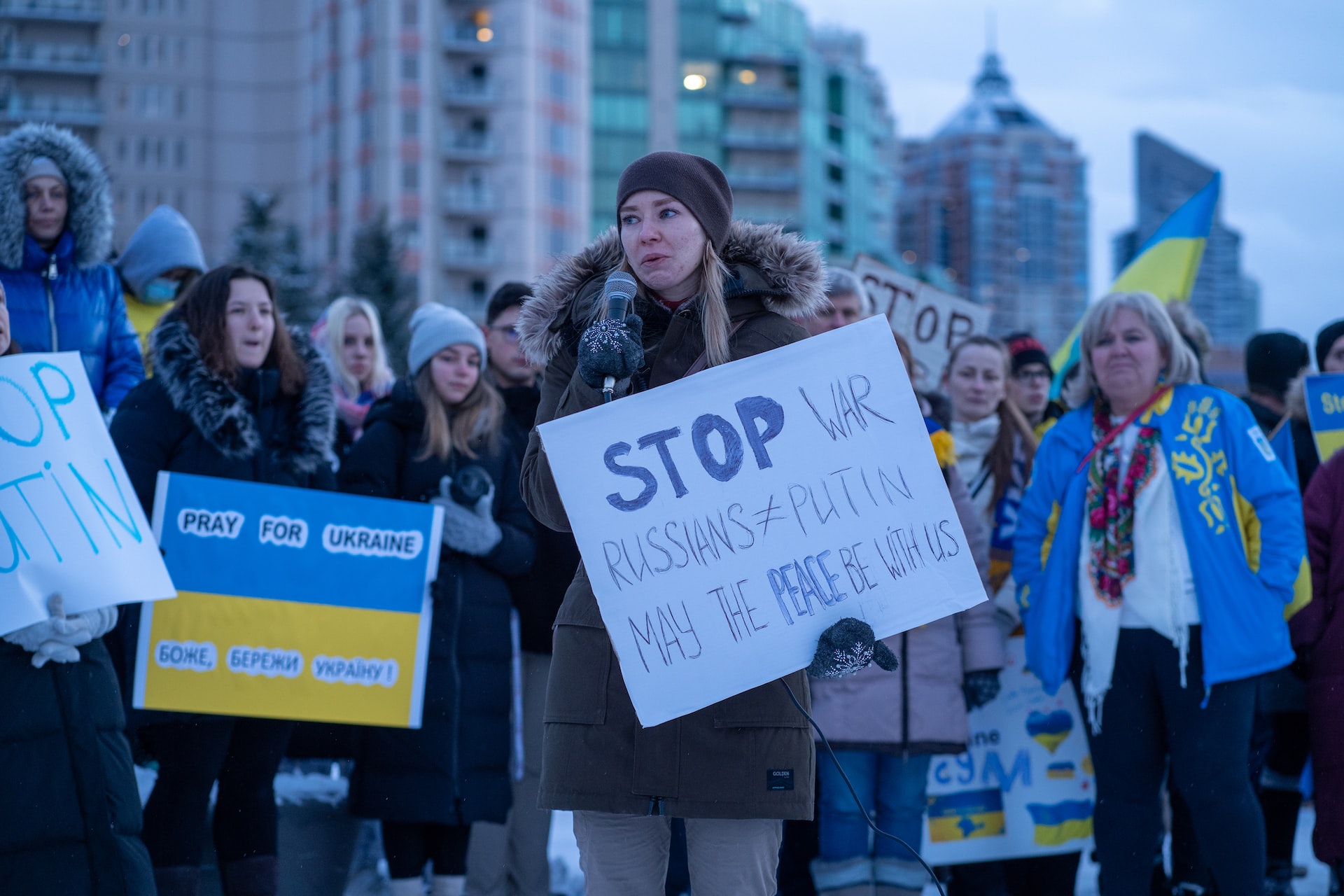
Introduction: What is the Ukrainian-Russian War?
The Ukrainian-Russian War is a war that has been ongoing since the year 2014. It was originally the result of a pro-Russian insurgency in Ukraine, which led to the annexation of Crimea by Russia and the military intervention by Russia in Eastern Ukraine.
The Ukrainian-Russian War can be considered as a proxy war between NATO countries and Russia. The United States and NATO have provided military aid to Ukraine, while Russia has been accused of supplying troops, equipment and weapons to pro-Russian rebels.
The History of Ukraine in Recent Years and Why that Led to an Armed Conflict with Russia
Ukraine is a country in Eastern Europe. It borders with Russia, Belarus, Poland and Slovakia. Ukraine is an important country for the European Union as it has a population of 42 million people and its territory covers 603,700 square kilometers.
Ukraine’s history can be divided into three periods: the Russian Empire period, the Ukrainian Soviet Socialist Republic period and the post-Soviet era. The Ukrainian Soviet Socialist Republic period lasted from 1917 to 1991 when Ukraine became independent.
In 2014, Russia annexed Crimea which led to an armed conflict between Ukraine and Russia. This conflict still continues today with no end in sight.
The Ongoing Conflict and Why it has not Been Resolved Yet between Russia and Ukraine
The conflict between Russia and Ukraine has been going on for more than three years now. It all started with the annexation of Crimea by Russia. This was followed by a war in Eastern Ukraine. The conflict is not over yet and has no end in sight.
There are many reasons why this war has not been resolved yet. A big reason is that both Russia and Ukraine are interested in the land they are fighting over. This means that it is hard to come up with a peace agreement because one side will always want more than the other side. Another big reason is that Russia wants to keep Ukraine as a buffer zone between them and NATO, while Ukraine wants to join NATO as soon as possible so they can be protected from future attacks.
International Response to the Conflict
The international response to the conflict in Syria has been varied. The United States, Russia and Iran have all played a role in this conflict.
The United States has been involved in the Syrian Civil War since 2012, when Obama first authorized CIA funding for anti-Assad rebels. In 2014, the US started training rebels to fight ISIS and Assad. The US also began airstrikes against ISIS targets in Syria that same year. In 2015, Obama authorized airstrikes against Assad forces as well as increased support for rebel groups fighting him.
Russia has been involved in the Syrian Civil War since 2013 when they began providing military support to Assad’s government forces with weapons deliveries and intelligence sharing. Russia continues to provide military assistance as well as diplomatic cover for Assad’s regime today.
Iran is closely allied with Syria, both politically and militarily. Iran provides funding for Hezbollah which is an ally of Al-Assad regime in Syria who are fighting against rebel groups including ISIS
Consequences of the Conflict between Ukraine and Russia
There are many consequences of the conflict between Russia and Ukraine. One of the most well-known consequences is the loss of human lives. A more subtle consequence is sustainable development and economic growth in Ukraine.
The conflict has caused many consequences, including the loss of human lives, sustainable development and economic growth in Ukraine, and a decrease in Russia’s economy.



